

Why unlocking user motivation is the key to mHealth success?
Why unlocking user motivation is the key to mHealth success?
Mobile health or mHealth refers to mobile-supported public health and treatment. Today, over 100,000 mHealth apps are available. These apps empower patients by allowing them to manage their health more actively and be more independent thanks to self-assessment or other remote care solutions. They also help healthcare professionals treat patients more efficiently. We’ll explore how gamification for health can make the patient experience even better!
With the mission of changing healthcare forever, the industry is experiencing rapid growth. In 2020 the mHealth market in Europe was valued at 6.44 billion dollars and is expected to reach 28.61 billion dollars by 2025. Globally, the market is expected to be valued at 206 billion dollars by 2026.
Mobile health apps will have to become more user-centric to boost stickiness. Overall, they should increase the fun factor and make logging in data feel less like a chore. Additionally, better integration with mHealth will allow professionals to tap into a rich ecosystem of data. This can open new doors in health research, and help to create a better patient experience.
Here’s what we’ll discuss:
- What do mHealth apps look like?
- Low user retention & other challenges for mHealth
- Gamification for health apps
- How gamification for apps works
- Gamification for health apps as the recipe for success
What do mHealth apps look like?
mHealth apps are used in a variety of ways. Since smartphones are at the center of individuals' lives, it makes sense to leverage these devices for health purposes.
1 in 4 deaths is caused due to heart problems. Fitness trackers such as MyFitnessPal can help prevent obesity and cardiovascular diseases by tracking eating and fitness habits and giving real-time advice. For instance, your app could tell you to take a walk or to stay hydrated.
You also have robo-nurses. These apps use technology to help patients with reminders or much-needed answers about their condition. The bots don’t just give canned responses but have real conversations with the patient. VirtualNurse is one of these apps that integrates easily with Google Assistant, Alexa, or even Skype. The combination with voice technology creates a fully personalized experience, to help patients improve their health.
There are also cancer detection and monitoring apps. Today we see apps like Cancer.net and CareZone where patients can log their treatment plan and get advice on how to cope with its side-effects. In the future, these apps could use big data to pre-diagnose skin cancer just by taking a picture and uploading it.
Finally, there are patient apps that allow doctors to monitor patients via their smartphones. These are a natural extension of electronic health records and give a consistent insight into the users' medical history, even if they change doctors.
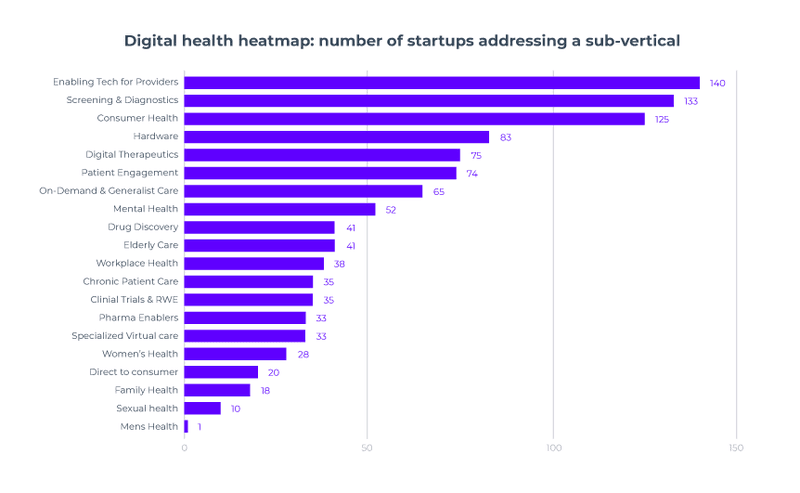
This image highlights a significant hurdle for mHealth adoption: the lack of trust from both patients and professionals regarding the security of personal data.
However, there is one major drawback for mHealth. The lack of trust with patient data, both from patients and professionals is slowing mHealth adoption.
This is of course a significant problem as almost every health app requires its users to enter personally identifiable data. Surveys, activity trackers, biometric scanners, electronic medical records, and face-to-face consults usually require the individual’s data. Without it, the app functionality goes down immediately.
Low user retention & other challenges for mHealth
According to a report by strategy consultant Accenture, the adoption of health apps had stalled before spiking again during the global pandemic. In fact, usage of these tools dropped from 48% to 35% between 2018 and 2019. Wearable technology such as fitness trackers also decreased from 33% to just 18% in 2020.
Additionally, user engagement on these apps is very low. Data suggests that only 2% of patients are actively engaging with their mHealth apps. About 10% of those retain after the first 90 days. Compared to popular apps like Instagram or Twitter that leaves a lot of room to improve.
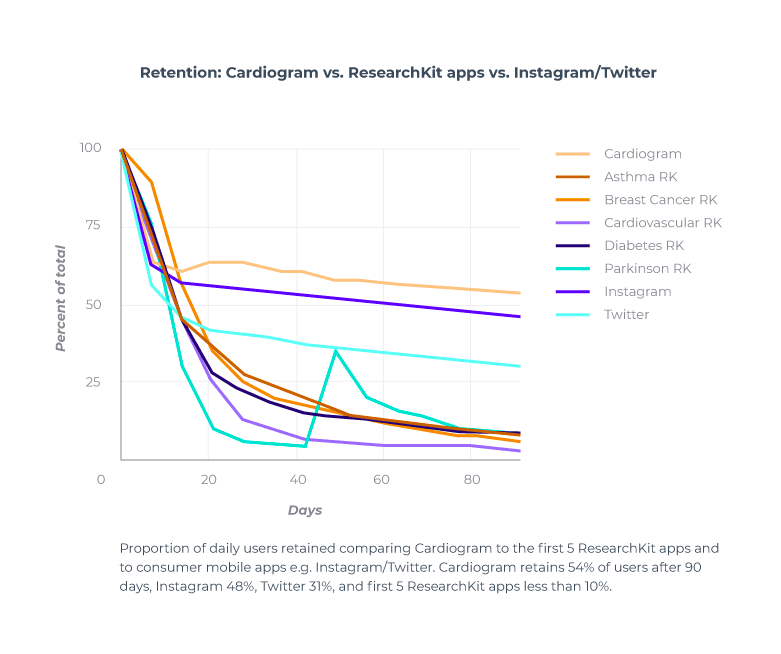
The data clearly shows that very few patients actively engage with mHealth apps long-term, highlighting a significant retention problem for the industry.
It is possible however to do this by applying a few simple design principles. App engagement is about 30% higher for fitness apps that have mastered great user experiences. With apps like Strava and Fitbit adding social elements and gamification to their experience to promote fitness around the world.
So, how do you pimp your app so that your users won’t want to leave?
Gamification for health apps
Gamification is the use of game psychology and elements in a non-game context. You can use it to drive desired user behaviors such as motivating a patient to log their daily activity.
For instance, you can reward patients with 100 points for checking in their daily activity. After checking in 7 days in a row they get bonus points. When they reach 1000 points they go to the next level and earn a badge to showcase on their profile!
Do you see what’s happening here? Gamification for apps can help make the patient experience more fun and engaging. Patients will automatically be more motivated to check in daily, so they can collect points and keep improving their level. If you create a digital experience that users want to return to, collecting patient data will come effortlessly.
Learn about the ins and outs of gamification on our “What is Gamification” page!
How gamification for apps works
Gamification for apps can help you achieve a wide variety of business goals. Once you know what your user journey looks like, you can gamify any data point to supercharge engagement.
Here are 5 steps you can take to start gamifying your user journey:
1) Set clear goals to keep users moving forward
Setting milestones and personalized challenges helps users to keep moving forward. Making the user journey easy to understand limits confusion and drives app adoption.
2) Visualize progress to reinforce user motivation
As your user progresses, it’s important to give them instant feedback. The best way to do this is by visualization. For instance, you can use a progress bar to indicate how far a user is from reaching their goals or the next level.
3) Reward positive user behavior to keep users coming back
You can reward users with points for engaging with your app. For instance, when they check-in daily. They can then use these points to claim rewards or join a lottery. You can also reward users for their achievements. With badge reward systems, you can link certain milestones in the app with fun-designed badges!
Doing so creates positive reinforcement when the user carries out specific behaviors, and improves active user retention.
4) Create a sense of connectedness and competition to drive interaction between users
Allowing users to follow and connect with each other creates a community feeling. To encourage social engagement you can introduce a social feed that displays your users’ latest achievements or actions. Other game elements such as leaderboards introduce competition into your app. Users are often motivated to compete or collaborate with their peers.
5) Target users with in-app messages based on their context
Trigger personalized notifications to keep your users engaged, or to remind them to take certain actions. You can target users based on their behavior, so they will only get messages that are relevant and valuable to them.
How to gamify your own user journey without months of development? Check out our plug-in gamification tool!
Gamification for health apps as the recipe for success
MySugr JR is a diabetes app for children with over 1 million users. The app allows parents to check up with their kids so they can worry a little less. The kids can add entries such as their meals and glucose levels in a fun way. They are then rewarded with points for every entry. It even tells them when to take insulin.
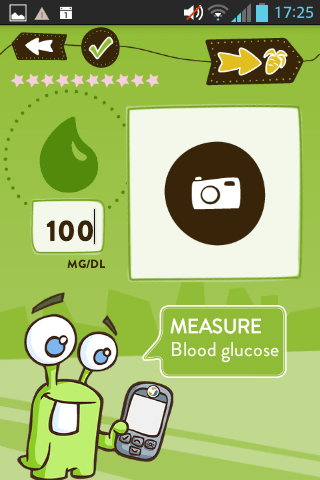
The gamified MySugr JR app interface shown here makes diabetes management a fun and rewarding game for children, encouraging consistent data logging.
Another great example is Bayer’s Didget blood glucose meter. It connects to a Nintendo DS and rewards kids for consistent testing. As they gain more points they can also unlock new levels and rank higher on leaderboards.
Gamification for health apps is also used for medication and chronic condition management. Mango Health created an app that notifies its patients when to take their medication. Users earn points for taking it in time, which they can save towards gift cards or charity donations in weekly raffles.

This example from Mango Health demonstrates how earning points for timely medication intake can motivate users toward consistent health habits.
Finally, health apps like MyFitnessPal promote fitness with the help of gamification for apps. They help you set weight loss and activity goals and visualize the progress you’re making towards them. The app also rewards daily streaks for consecutive days users have logged in.
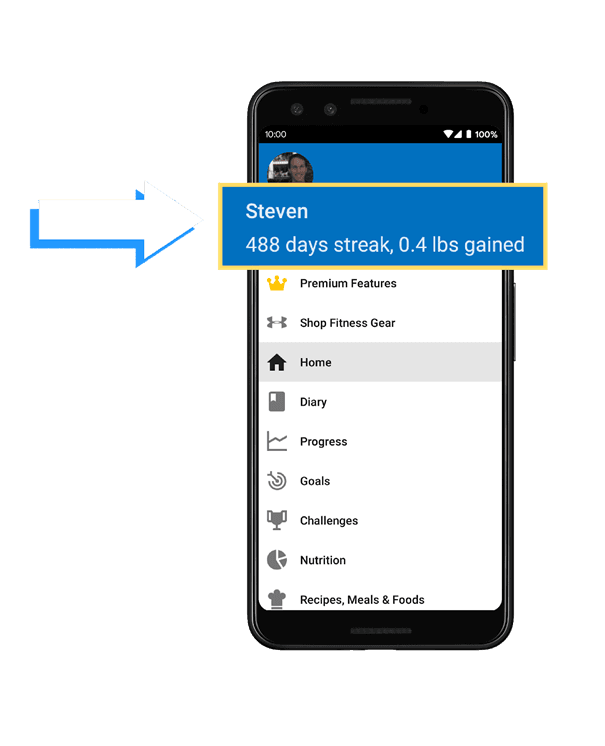
MyFitnessPal effectively uses daily streaks, as seen here, to encourage users to log in consecutively and stay engaged with their fitness goals.
Recap
With the mHealth industry growing as we speak, competition is getting fiercer. However, only 7% of health apps have more than 50,000 monthly active users. The industry is also facing some data security problems, as both patients and healthcare providers have concerns about privacy and safety.
Low user retention & lack of data as the major challenges
mHealth apps are suffering from low engagement rates. This causes a gap in the data healthcare providers need to give sufficient care. To be truly effective most health apps need personal healthcare information. mHealth apps will have to make their experience more fun and engaging to improve retention and trust.
Why mHealth needs gamification for apps
For patients to be truly engaged with their health apps, they need motivation. Gamification helps you apply game design principles and behavioral psychology to do exactly that. By making the app more fun you turn tasks like daily log-ins from a chore into a game. Doing this will create a better patient experience, and make it more rewarding to engage with your app.
How to succeed with gamification for health apps
Several health apps have been successful in gamifying their app. They use game elements like points, badge reward systems, leaderboards, and progress bars to boost patient motivation. By setting clear goals and rewarding desired user behavior you can not only boost app engagement but user retention as well!
Want to get started with gamification? Get a free consultation to find out how you could benefit from gamification!
Related Posts
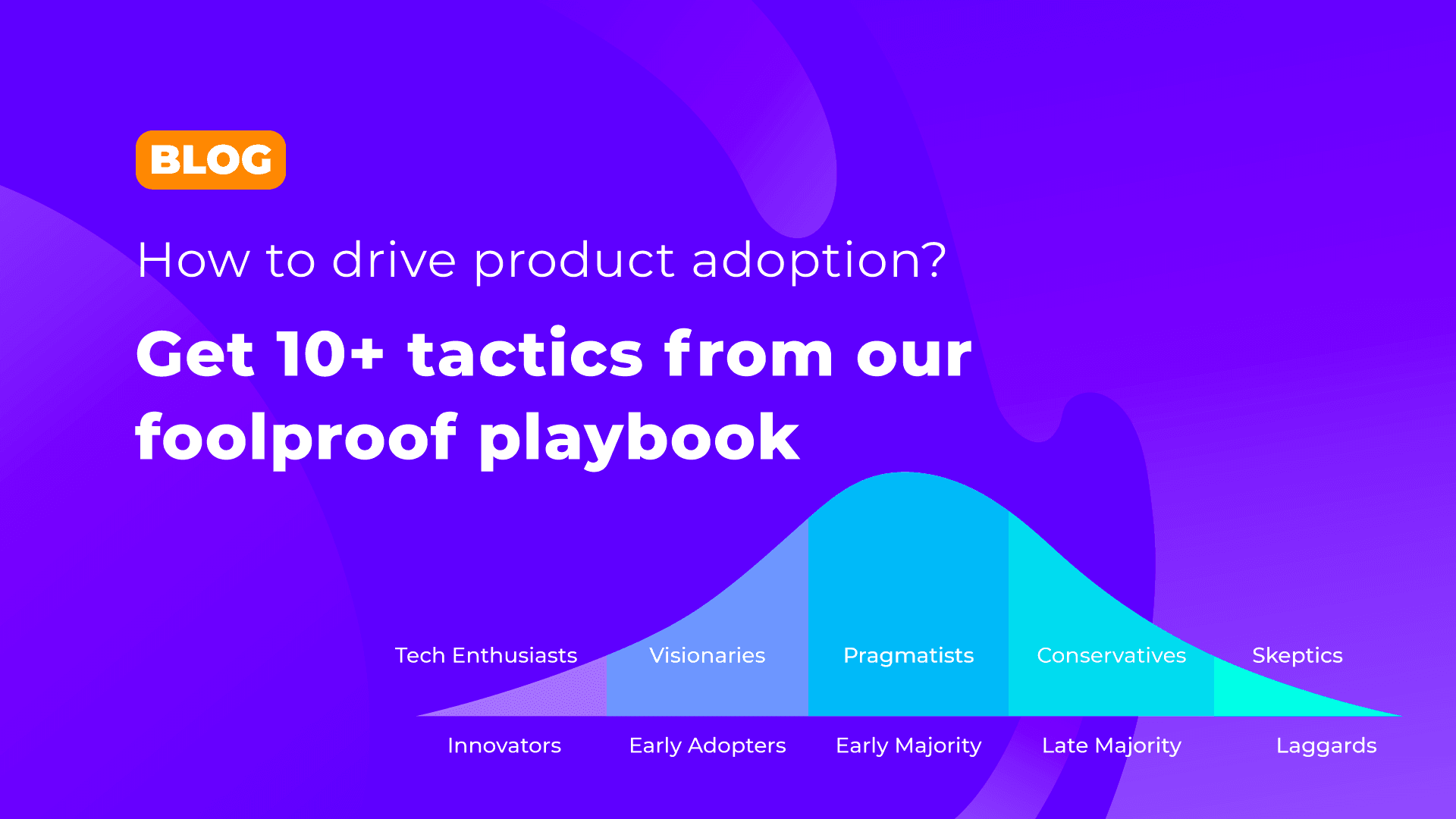
How to drive product adoption? Get 10+ tactics from our foolproof playbook
What is product adoption and why is it important? After user acquisition & activation it's your job to get users to fully adopt or embrace your product! How can you accelerate this? With a great user experience! Find out the metrics, stages & tactics in our ultimate guide to drive product adoption!
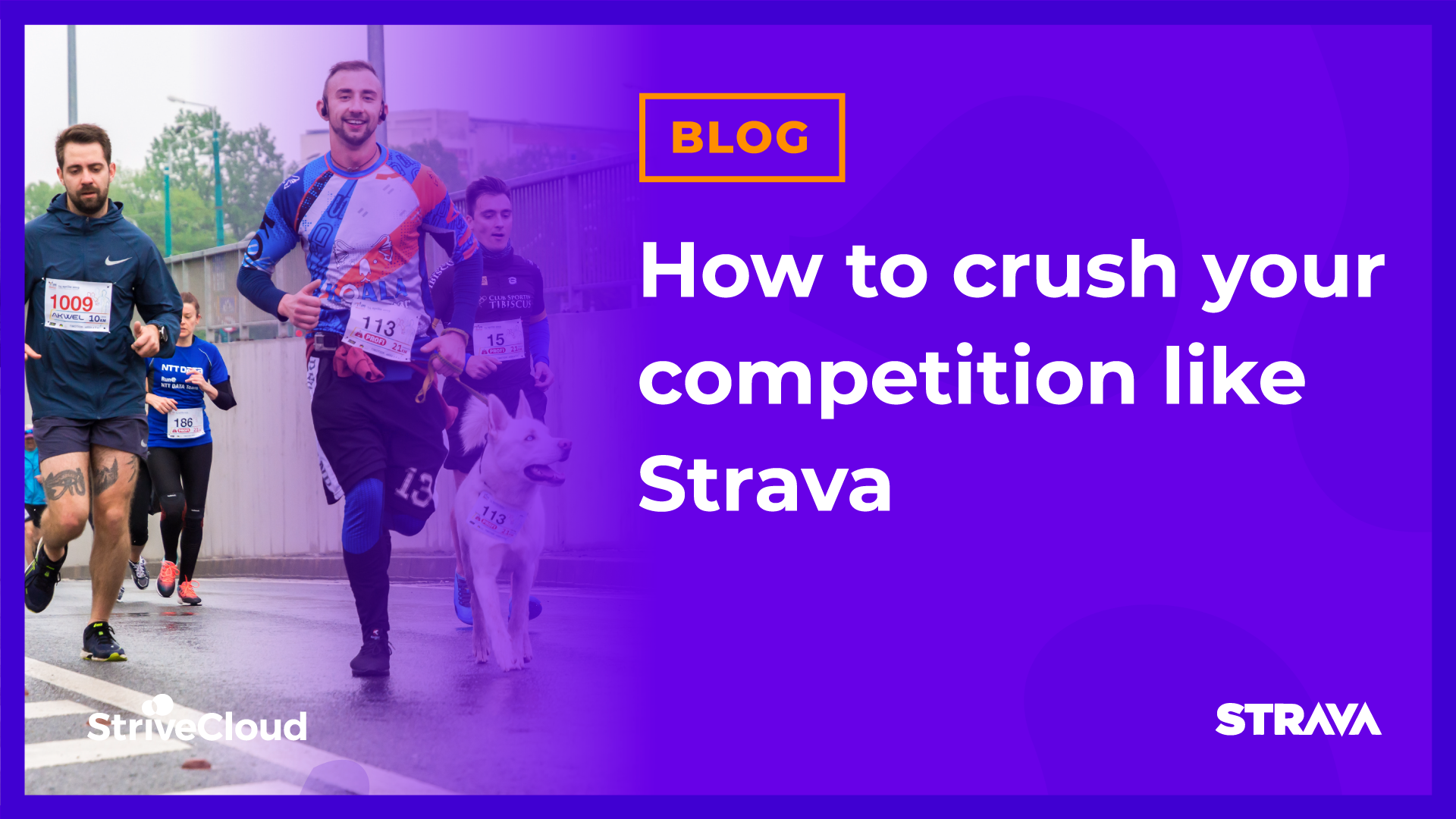
How to crush your competition like Strava
One could argue that fighting user churn is one of the most difficult tasks to achieve as an app. In 2019 only 3 in 10 users were retained after three months which means the average churn is over 70%! Not all apps seem to struggle with this however. Strava for example is one of the most used fitness apps in the world. With over 55 million users, growing at a rate of 1 million new users a month, it seems like they have figured out how to engage their audience. Read the full blog to find out how Strava keeps users hooked!

